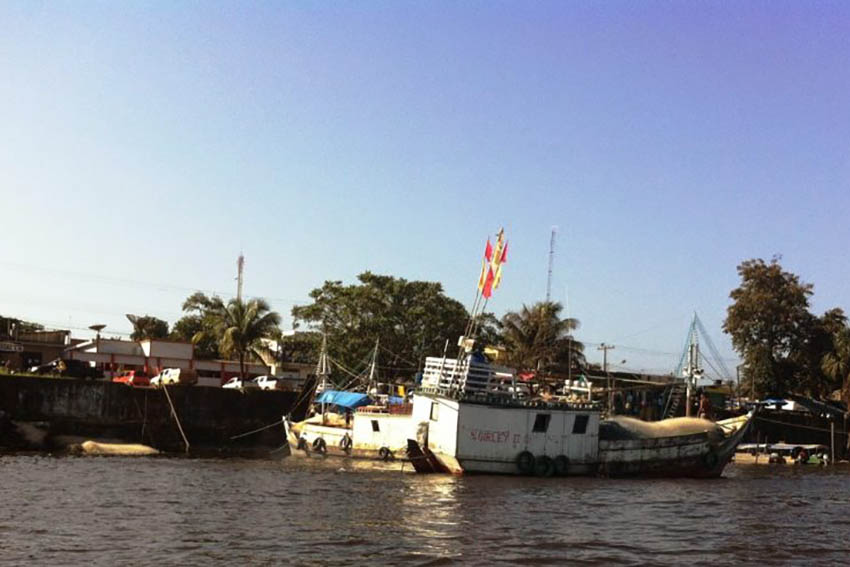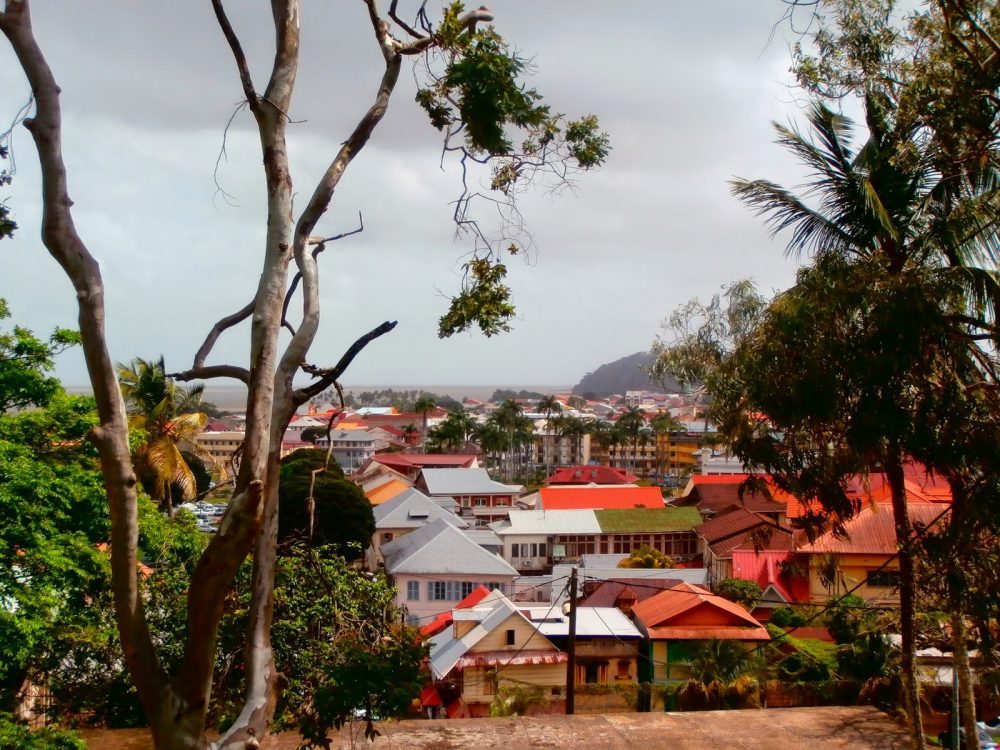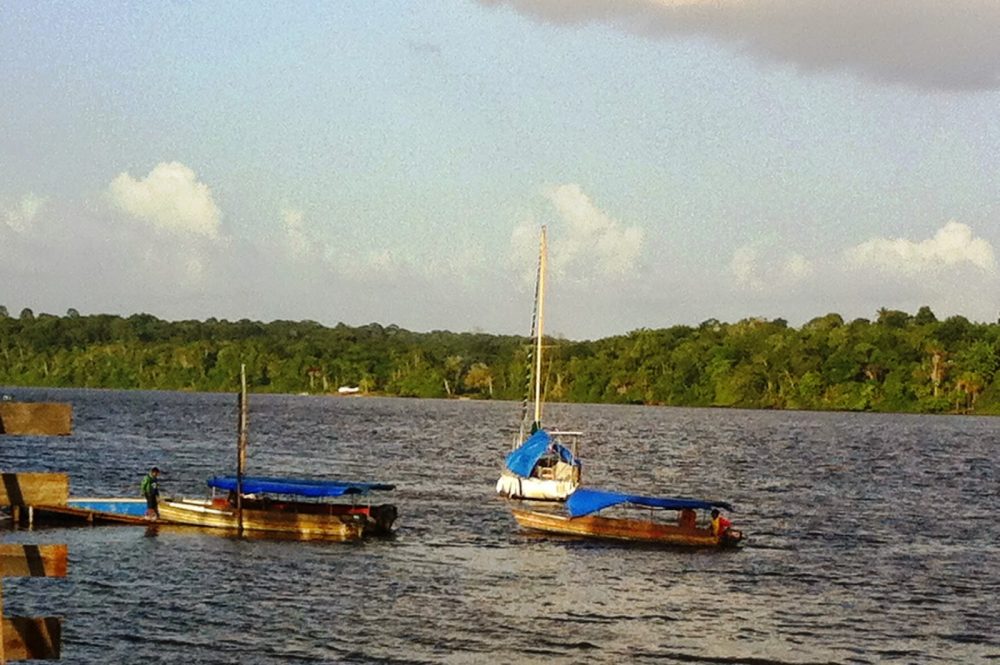Amapa in Northern Brazil; A Tough Drive from Oiapoque to Macapa
Table of Contents
Few tourists get to Amapa in the north of Brazil; fewer still arrive by pirogue, a motorised canoe, from Oiapoque in French Guyana, and sadly those who do, do not linger.

It is a pity really; travelling overland from Suriname to NE Brazil, and then on to Cabo Verde and Sao Tome was the idea, and from all of the research that had been done, and frankly there was not a great deal to digest, Macapá, the regional capital, was not recommended as a place to linger.
Hints of its darker side, and the potential danger that tourists would find, made us book a quick passage out, and across the giant Amazon Delta to Belem, and apparent safety.
Macapá, however, was actually really rather nice.
Cayenne
I digress, however, and need to rewind to Cayenne, the dopey provincial capital of French Guyana, the improbable French department snuggled between Suriname to the west and Brazil to the south and east.
Cayenne is rather a lovely place, its dopiness translating into a pleasantly laid back approach to life, and a general air of mañana; not that there really is a word in the argot of French Guyana that carries the implied sense of urgency that mañana does, but there you go.
It is a department that relies almost exclusively on the substantial revenue that the Kourou Space Centre generates, and for the rest, well ….

Oiapoque
So after unwinding there for a couple of days, we hit the road by “taxi” to St. Georges de l’Ayapoque, the French border community. This was just fine, and the three-hour (€40 each) ride brought us to the town at about 1.00pm; in the middle of the French lunch-break.
Naturally, the customs post was closed for their requisite two-hour meal, and would not reopen until 3.00 pm; “or perhaps 4.00”, we were advised. So with this in mind, we booked into a simple hotel and decided to stay for the night.

St. Georges is lovely; it is so slow that it has almost stopped, and it retains the air of a river town out of a novel by Somerset Maugham or Evelyn Waugh.
The road from Cayenne was only completed in 2008, and to that point, all access was by river and thus limited to necessities and the Ways of The Water.

Sitting, enjoying some pleasant rosé wine, we were in France after all, watching the river flow by, and admiring the periodic canoes crossing back and forth to Brazil was very pleasant.
When dinner time came, we were advised that all of the meat was “viande du forêt”, or basically, armadillo, peccary and that sort of thing.
No problem, and washed down with a touch more rosé we mellowed, and forgot about the twelve-hour 4WD or sixteen-hour bus ride that we had planned for the following day.
Amapa and “The Road”
Waking with a sluggish head in the morning we vaguely remembered trying the local rum at some point in the evening, and laughing rather a lot about something that now completely escaped us.
However, we had prudently had our passports stamped the evening before during a rare moment of activity at the border post, as so we crossed to Oiapoque on the Brazilian side of the river.
It was actually a fairly long ride as we headed some ten kilometres or so upstream to the much larger and more frenetic Brazilian side.
There, the border post was no simpler to work with as firstly it was about a kilometre and a half from the dock, and secondly it operated to a similar temporal beat to the French.
Fortunately, despite feeling the results of a slight over-refreshment on the previous night, we were out early, and had our passports duly stamped, and thence to Macapá,

As it turned out, getting a ride was simple.
The bus would cost 90 Reis ($30); to take a seat in a 4WD would cost 150 reis ($50), and so we decided to splurge and buy the four seats for the two of us for $200, thus ensuring that our luggage would be inside and not getting drenched during the inevitable rain.
We set off expecting the worst, and after about 50kms of paved road we found it. The asphalt turned abruptly to red mud and rock, and the recent rains had done little to improve the surface.
We bounced, slid and bullied our way south, our driver clearly having made this trip many times between the various spells in prison that we deduced from his alarming tattoo collection.
The road was not good; it was, or at least should not have been, fast, and after some three hours or so, we swung of the red mud into the Restaurant at the End of the Universe.
Buffets, priced by the weight of your choices, thus pricing rice and stew equally (which says something about the stew), are the order of the Brazilian kitchen. So fortified with some food, we climbed back into our Hilux, and sped back onto the mud.

To our considerable surprise, only a further twenty or so kilometres, the mud turned to asphalt, and a newly laid and perfect road lay before us all of the remaining 450 kms to Macapá. T
he road had been completed within the past couple of years, and now the journey was only eight hours, and within what seemed to be the blink of an eye, we were arriving in the Amapá capital in time for dinner.
Macapa
Macapá, it must be noted, is one of only two Brazilian towns of any size to actually lie on the Amazon, and the other is Santarem; Manaus is on the Rios Negro and Solimões, and Belem lies on the Baia de Marujá, at the end of the Rio Tocantins.
But that evening, such cartographic pedantry was forgotten as we enjoyed a fine dinner at one of Macapá’s many riverside cafes.
Watching the local folks out on their roller blades, and whizzing around in rapid storms, enjoying the gentle air we really rather forgot that we were in a dangerous place. I wish that we had stayed for at least one more day.
But I didn’t.
